After doing quite a bit of research on line I wasn’t really able to find a good guide to personal protective equipment (PPE) necessary when covering protests where police are launching tear gas and employing other crowd control munitions or people are shooting each other. I’ve tried to make a round up of all the types of protection out there and additional resources to aid people who are looking to stay safe.
Medical Treatment
To be honest; this is where I feel least qualified to put in my $.02. While I have first aid training the specifics of treating tear gas and other things you’ll run into during a protest I am woeful unequipped to give advice on. There is already enough bad advice out there on the internet. If someone wants to contact me to write up a basic treatment section that would be much appreciated.
Medical Supplies
The thing to remember is that your goal with a field kit is to treat the things that if they are not treated in the first 3 min your colleague will die. Chris Post, a Philadelphia base photojournalist and an EMT since 1995, advises goal in a civil disorder situation is to get the injured out of danger. Even something as serious as a broken arm can be held in place by the injured as you escort them away from the action. After you’ve secured the injured it is just getting them to a medical facility for proper treatment. We are lucky here in the US we are usually just an Uber ride away from advanced medical medical facilities. Chris advises the below items; you want to make sure what you take is small enough that you will always carry it with you.
- Gloves
- EMT / Trauma Shears
- Ziplock bag to keep stuff dry and clean
- QuikClot (or Cellox but both are nice to have)
- Sealed Clean Water with Sports Valve
- Israeli Bandage Battle Dressing
- Sudecon Pepper Spray Decontamination Wipes
- 3m Transpore tape
- Tourniquet
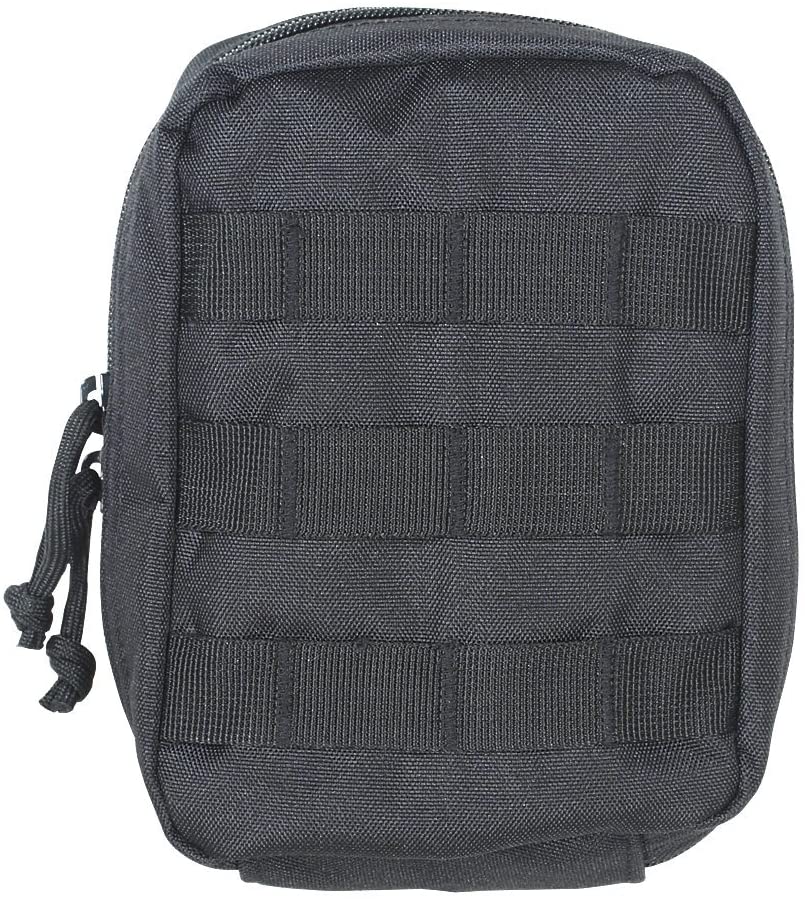
Roth Canvas Utility or other I Sack type
There is no great premade kit so it is best to build your own. The bag doesn’t need to be fancy; it just needs to hold your stuff and be easy to keep on you. The Roth has loops for a belt and should hold your stuff. Lots of options out there so get the one you want.
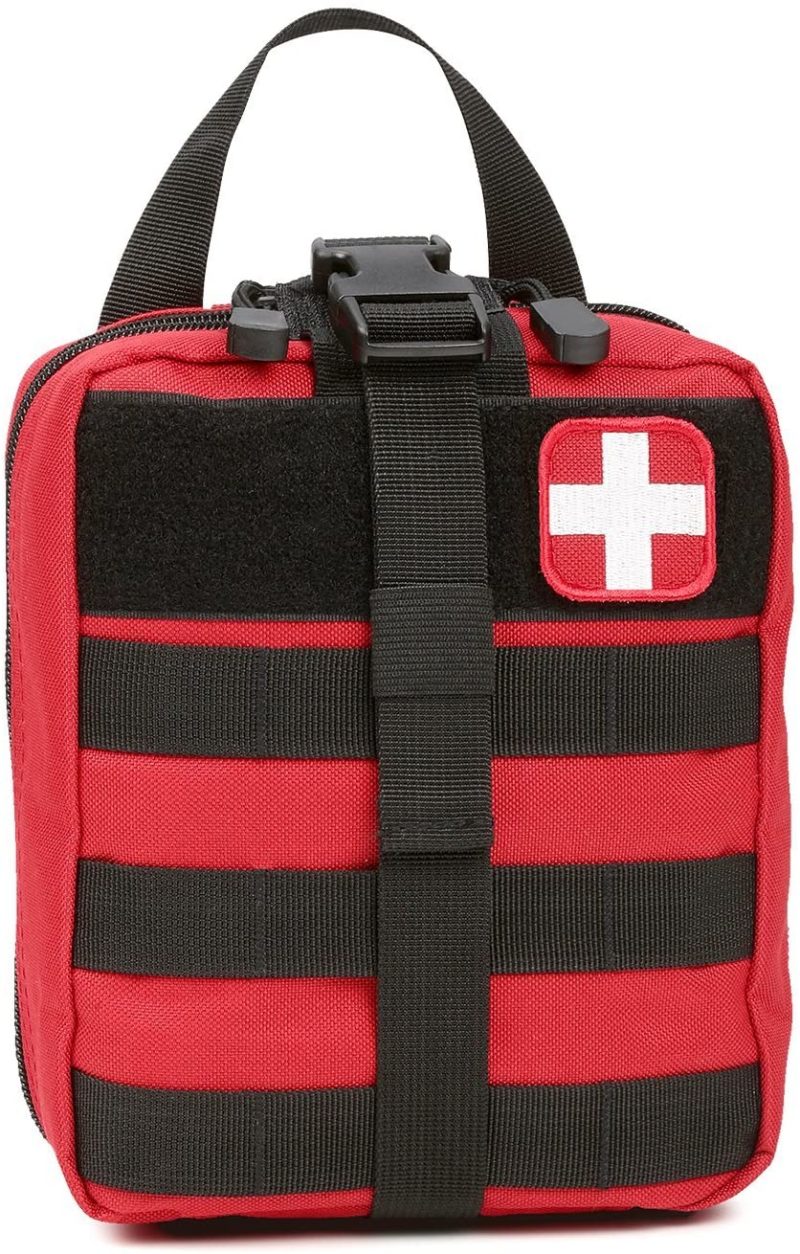
Orca Tatical EMT Pouch
If you want to be fancy you can upgrade to this Orca pouch. It’s super overkill, but has a ton of different mounting options. If you followed the body armor guide and decided you wanted a fancy plate carrier this can mount on it and has easy rip away hooks. Additional pockets means your stuff is more organized. The bright red says you mean business and you’re here to help.
Training / Support Organizations
This is really the crux of how to be helpful. If you are well trained you save lives. Training also extends to what to do after protests, how to keep yourself mentally well and what to do if you get targeted or doxed. Below are just a few of the places that can help.
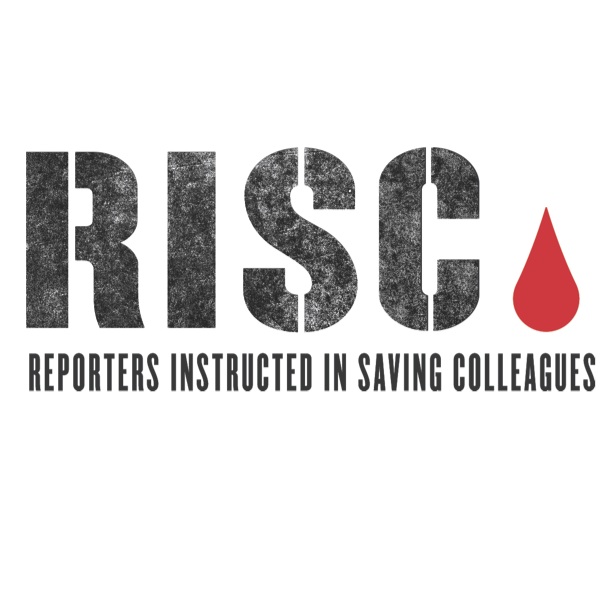
Reporters Instructed in Saving Colleagues was founded after the death of photojournalist Tim Hetheringon died in Libya from a treatable wound. They offer 6 day free training to conflict journalists and provide medical supplies.
Around the same time Chris Hondros also was killed in Libya which drove home the need for an organization like RISC. I used to run in the same circles as both of them and while I didn’t know them personally it was a huge loss of talent and warm human beings

The Dart Center for Journalism and Trauma is an offshoot of the well respected Columbia Journalism School. While not teaching first aid techniques it does cover what you will encounter in a protest as well as coping strategies for dealing with what is out there night after night.
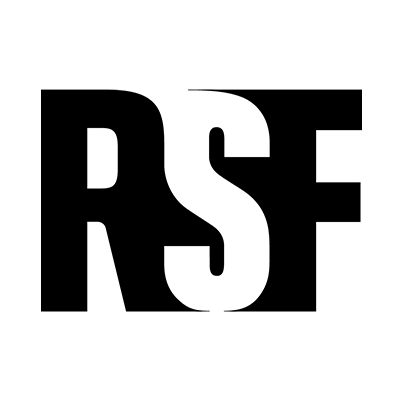
Reporters Without Borders provides assistance to freelance journalists. In addition to their safety videos they offer body armor loans, free medical kits, health insurance and repatriation insurance for journalists and reporters for almost any country, war zone included.

Dark Angel Medical is a place I found on an internet search so I can’t vouch for it much. Founded by veterans they seem to be committed to providing training on how to handle gunshot wounds for free.

The Committee to Protect Journalists doesn’t offer training directly but they do have quite a few links to resources which makes it a good place to start if you’re looking for something specific. They are also keeping a US Press Freedom Tracker which if you’ve been out for any length of time looks about like you’d expect.

The Roy Peck Trust “provides practical and financial support to freelance journalists and their families worldwide, assisting in times of crisis and helping them to work more safely and professionally.” Specifically they offer safety training that covers first aid, digital security and regional safety
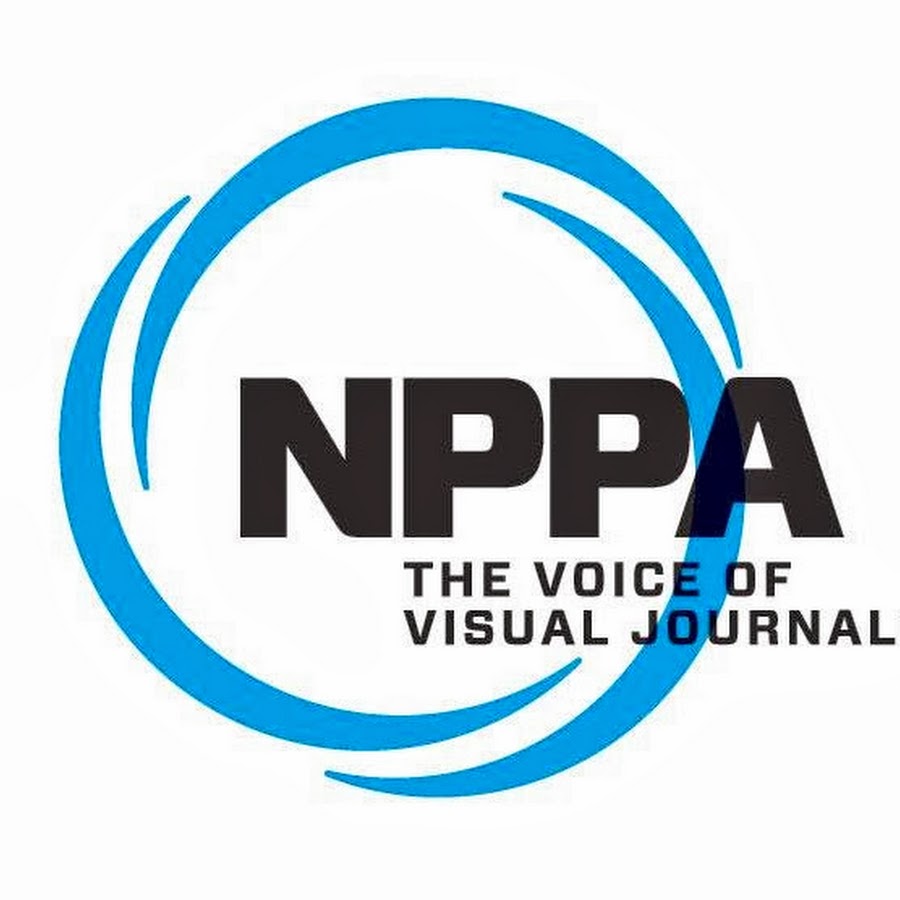
The National Press Photographers association is a group that advocates for visual journalists. They offer webinars and other classes some of which are around medical training. Recently they have offered an Emergency Bleeding Control webinar. Another benefit is they offer a photo ID option. While not a press credential it will help if you’re stopped and questioned as an independent journalist.
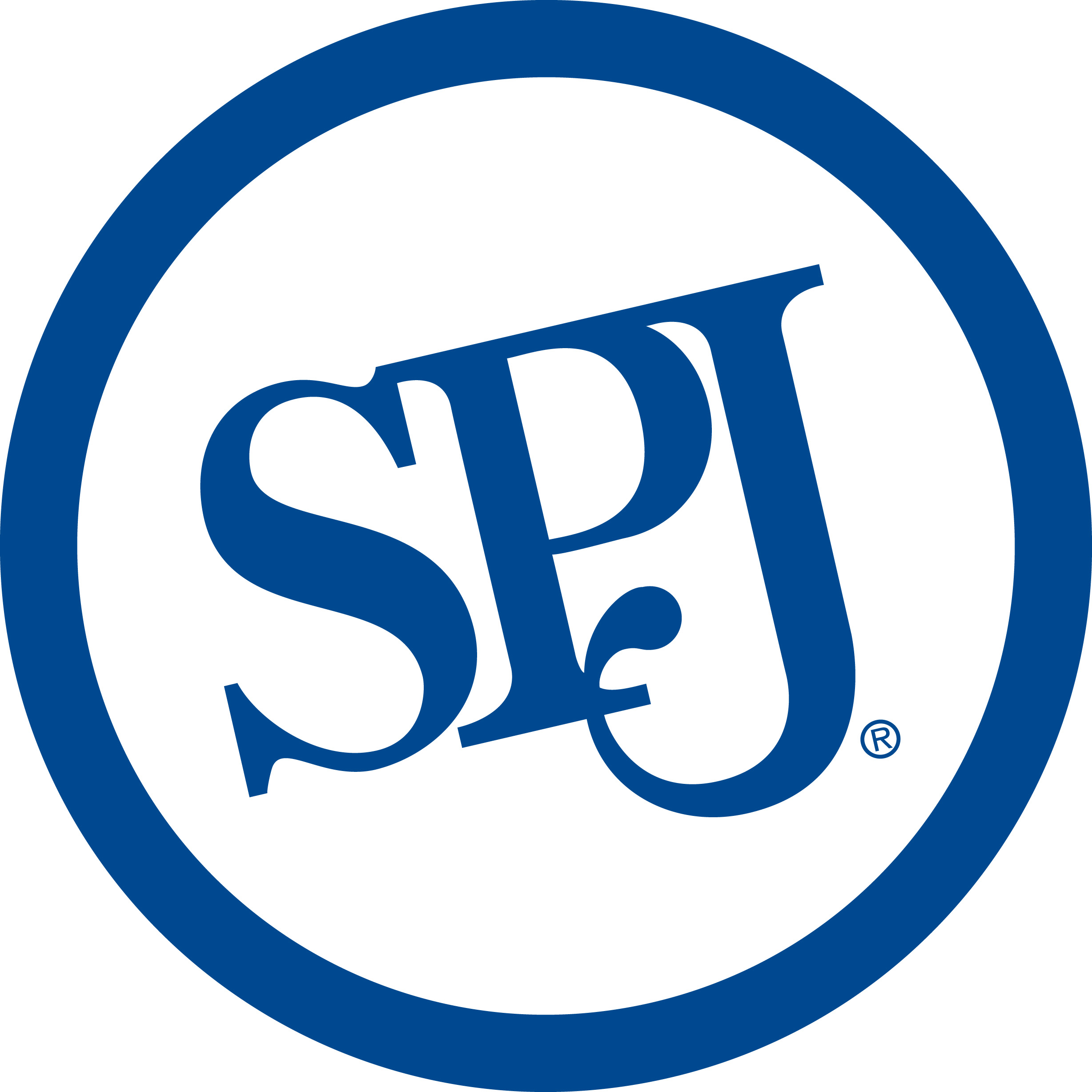
This Society for Professional Journalists is another trade group that offers classes and has resources that are worth looking into. They have limited first aid information on their site but link to or highlight courses offered by other groups around the topic.
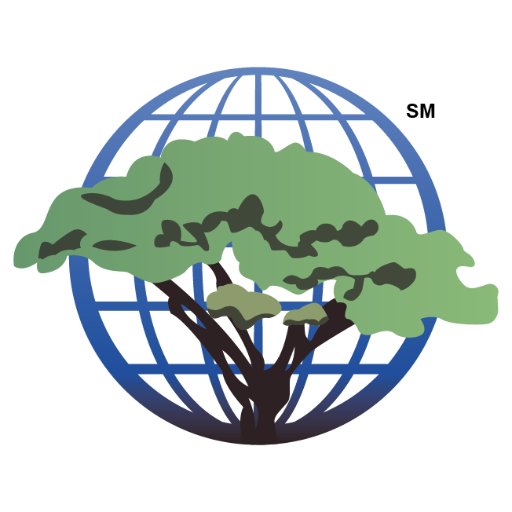
GJS offers training courses around staying safe in hostile environments. They are a company that specializes in training so they charge for their services. Premium priced; they do note that “freelance discounts are available” for certain courses. If you are interested in their course but are independent you should probably get in contact with them first before purchasing.
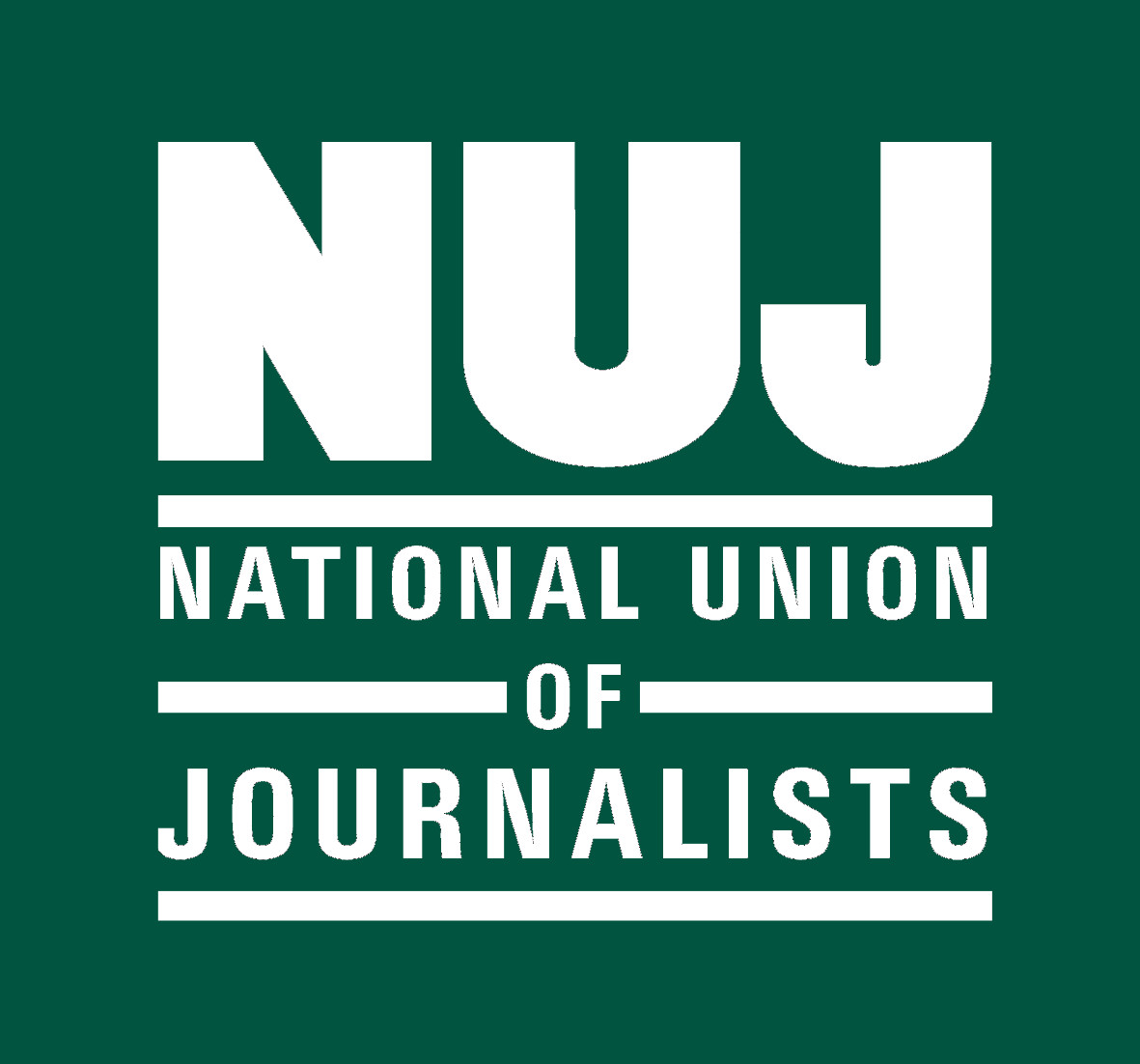
The National Union of Journalists is a UK based union that covers all media employees. They strive to improve the pay and conditions of our members and protect and promote media freedom, professionalism and ethical standards. They offer various training courses which I have been told some of which are medical related. Other internationals organization are the British Press Photographers Association and the International Federation of Journalists. I didn’t see too much in the way of helping us here in the US but it may be worth a browse if you’re internationally minded.